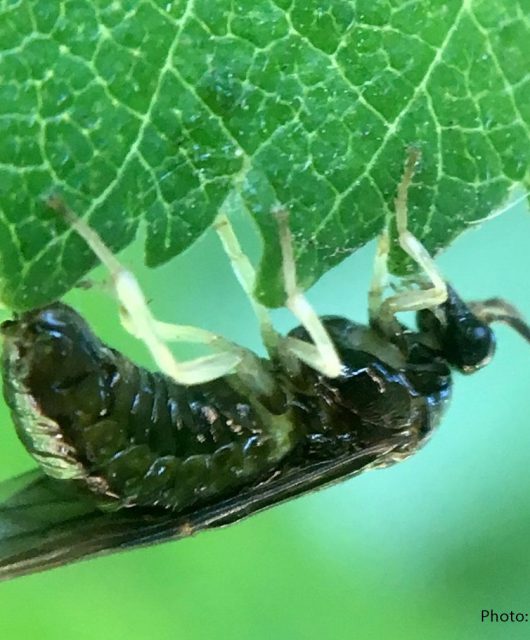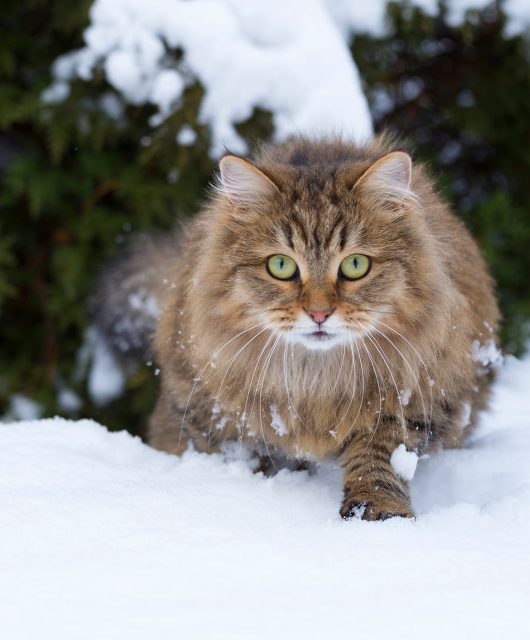Canadian wildlife that flies south and the dangers they face.
As the days grow shorter and cooler, who doesn’t daydream of flying south for the winter? But for birds and winged insects that migrate, the annual flight to overwintering sites is more of a perilous journey than a sunny vacation. Let’s explore some Canadian wildlife that flies south for the winter, the dangers they face and ways we can help them travel safely.
Which Canadian animals fly south?
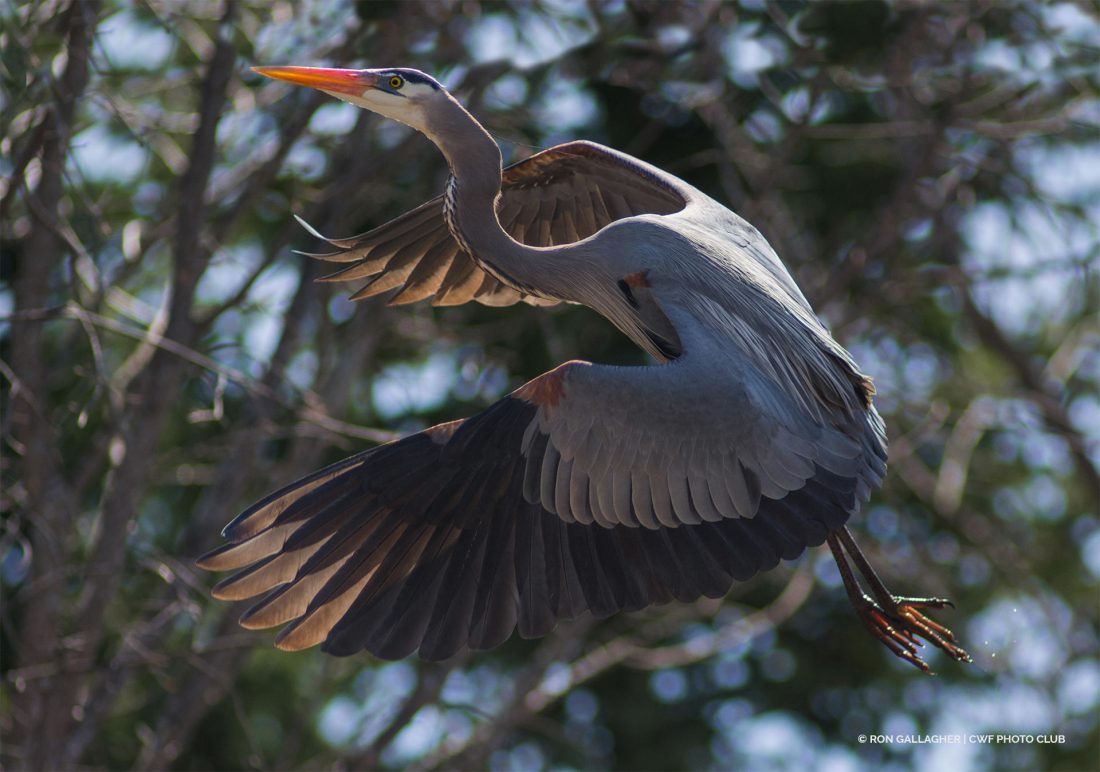
Photo © Ron Gallagher | CWF Photo Club
Bird migration is a familiar and iconic sight in Canada – as summer draws to a close, we often spot V-shaped flocks of Canada Geese overhead and think “winter is on its way!” Canada is home to hundreds of migratory bird species, from large Great Blue Herons to small Ruby-throated Hummingbirds. Migratory birds take advantage of an abundance of food and nesting space in the north during spring and summer, before taking flight for warmer climates and food near the end of summer and into fall.
Birds aren’t the only animals that take to the sky as cold weather approaches – some winged insects also migrate south, including species of butterflies and dragonflies. Monarch Butterflies are famous for migrating in colourful swarms across distances of around 4,000 kilometres, leaving their summer breeding and feeding grounds to seek shelter for the winter. During late summer and into fall, Monarch Butterflies that live west of the Rocky Mountains travel to California, whereas those east of the Rockies migrate to Mexico. It can take Monarch Butterflies as many as four or five generations to complete the round trip.
Why is migration dangerous – and how can you help?
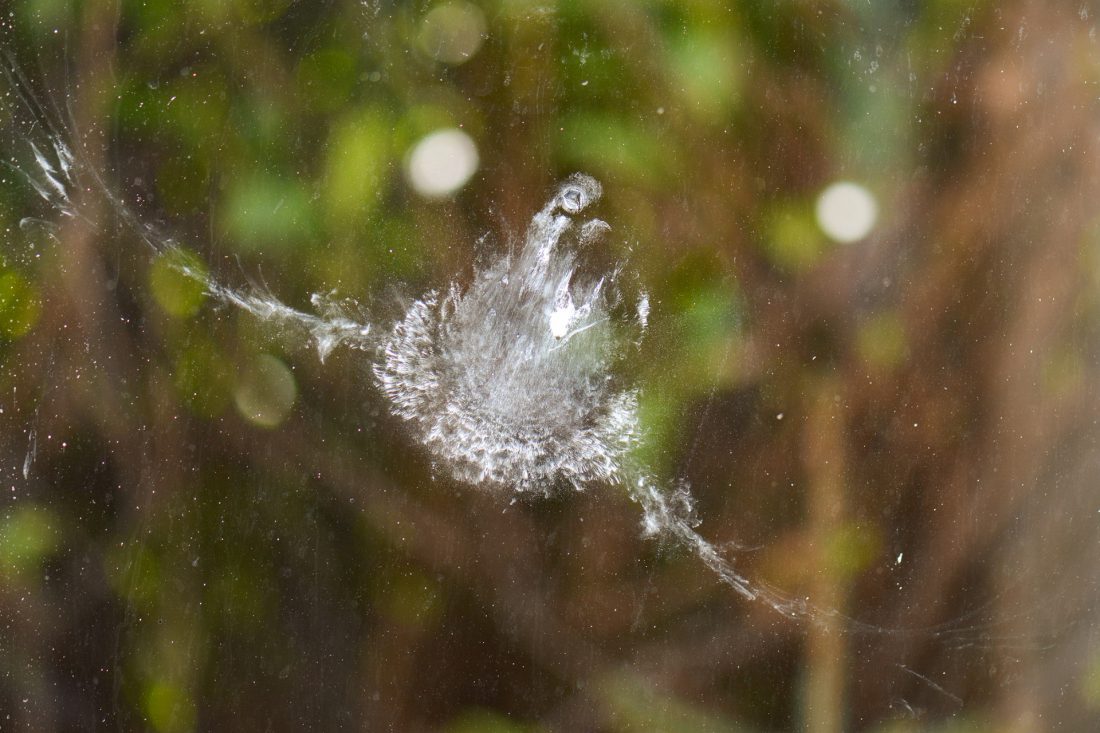
Birds can collide with many obstacles as they fly south, including windows, tall buildings, wind turbines and electrical wires and structures. Even if the collision isn’t fatal, a wounded bird can become easy prey for predators. Most birds migrate at night, which makes tall buildings and bright lights in big cities especially dangerous. Beams of light used to illuminate buildings and other structures can disorient birds and draw them in, leading to collisions or causing birds to flutter in lit areas until they drop from exhaustion.
If you live or work in a tall building, you can help reduce fatalities for migrating birds by turning off lights that aren’t in use or closing the blinds at night. On a larger scale, you can contact building owners and property managers to encourage them to take certain precautions during bird migration seasons (March through to the beginning of June and August through to the middle of November), including turning off lights at night, investing in motion-sensor lighting technologies, and extinguishing exterior architectural, landscape and rooftop lighting that isn’t needed for safety.
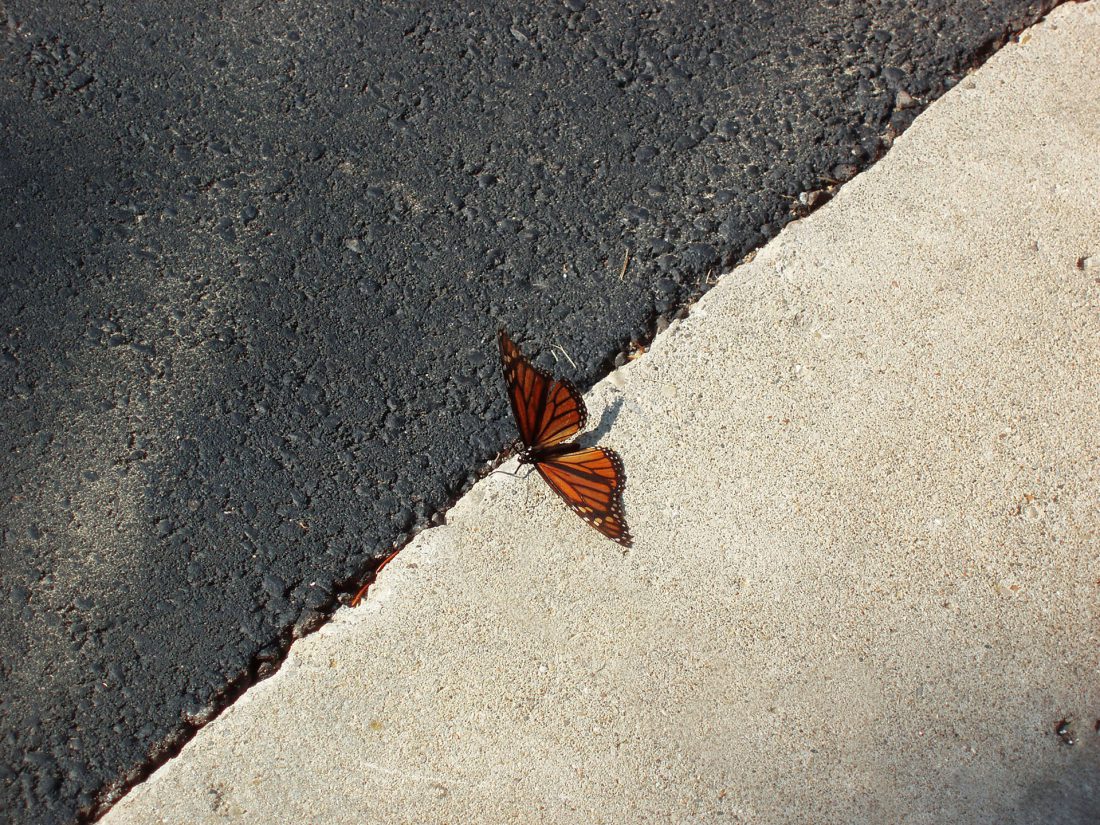
Both birds and butterflies are impacted by habitat loss along migratory routes and at overwintering sites. Monarch Butterfly populations are also in decline due to pesticide use. They struggle to find essential food sources, such as nectar-rich flowers for adults and milkweed plants for larvae, so planting a butterfly garden with pollinator-friendly plants can contribute to a successful migration. Growing a milkweed species on your property can also help new generations of Monarch Butterflies to flourish. Find out which milkweed species are native to your province and which should be avoided.
Migration is an impressive, essential and dangerous journey. To conserve our winged friends, it’s important to understand the challenges of migration and how we can help create a safe passage.

